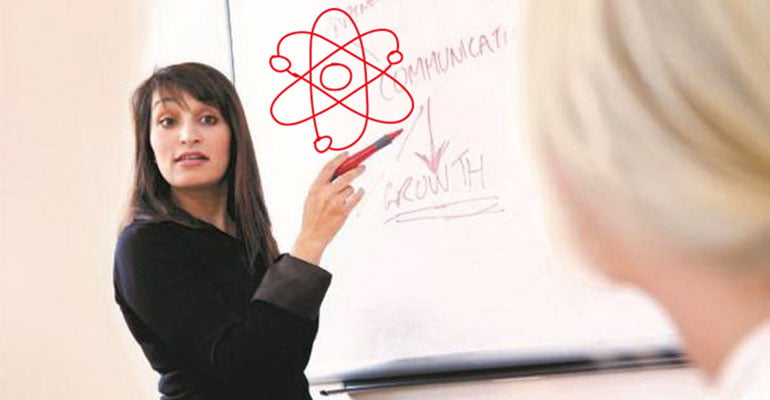In this the second in our two-part blog series on the Modern Workspace, we look at ways organisations can use digital technologies that improve collaboration to give staff a more meaningful work experience that delivers bottom-line benefits to the business.
As we mentioned last week, global design firm Gensler found 71 percent of 4,000 US workers surveyed said they’d ideally like to spend 3.5 days a week in the office, and the rest working from home.
What this tells us is that while workers clearly value the opportunity to work away from the office for whatever reason, they also value being able collaborate directly with their colleagues.
The fast-growing popularity of co-working spaces in Australia and around the world backs this up further, with startups and sole operators gravitating to places that encourage face-to-face networking and collaboration.
Forward-thinking companies are heeding the signs and looking at ways to redesign the traditional workspace to provide more flexible and productive environments for staff.
As Forester Consulting noted in a recent report:
“Today’s corporate environment is changing rapidly. Many enterprises focus on providing employees with a flexible workspace that provides ubiquitous access to corporate resources and services – through any device and from any location.”
Team members want to be empowered more
However, it appears there’s still a lot of companies yet to get the message.
A 2017 survey by Microsoft found 66 percent of Australian workers considered themselves to be ‘mobile workers’, spending at least 20 percent of their working time outside of the office. However, the same study noted less than half of respondents felt their employer was doing enough to help them take advantage of the new digital landscape.
‘Hot desking’ was once considered a part of the solution, but recent research has shown it’s not such a hot idea after all.
The Australian Financial Review recently cited a survey of 6,000 Australian companies by a leading architectural fim, which revealed a preference for so-called ‘break-out’ spaces where people could meet to collaborate on projects, as opposed to getting rid of physical desks.
Different companies would benefit from different physical layouts, and different combinations of new and evolving technologies like video conferencing, instant messaging, mobile and real-time file sharing via the cloud.
The upshot is allowing staff to connect and collaborate more easily and securely than entrenched technologies like email and the phone permit, while also eliminating dreaded duplications.
Three core pillars for building a modern, collaborative workspace
The main thing is to think about ‘Who is using the workspace and what do they want to achieve?’. The three most important points to consider are:
- User centric: the user is key
- Distributed everything: everything is mobile
- Hybrid: the user has choice
Depending on the organisation, this might be a combination of open floor plans, communal areas, and private ‘study’ hubs where employees can go to concentrate on solo work; somewhat of a hybrid workplace model.
Staff also need to be able to easily share and work on files and other resources regardless of where individual team members are located. Everyone needs to have the same user experience. Whether it’s via the office, or offsite via the cloud or mobile devices, access needs to be fast, seamless and secure.
Talk to one of TDL’s expert consultants today about how you can create a Modern Workspace that reflects who you are and what you want to achieve.
Read more about the Modern Workspace and Activity Based Working…
Download our eBook on The Modern Workspace – enabling a better way of working to learn more.




